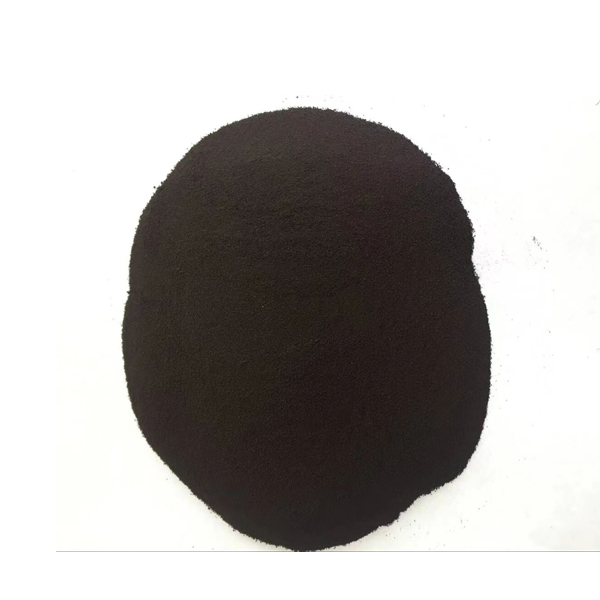
News
des . 16, 2024 18:23 Back to list
Innovative Metal Chelating Agents for Customized Applications in Environmental and Industrial Solutions
Custom Metal Chelating Agents Innovations and Applications
In the realm of chemistry, the interaction between metal ions and chelating agents plays a crucial role in various industrial and environmental applications. Custom metal chelating agents, designed to selectively bind specific metal ions, have emerged as vital tools in fields ranging from agriculture to pharmaceuticals. This article will explore the significance, synthesis, and applications of custom metal chelating agents.
Understanding Chelating Agents
Chelating agents, or chelators, are molecules that can form multiple bonds with a single metal ion, effectively 'grabbing' the metal. This process stabilizes the metal in a soluble form, making it available for various reactions. Common examples of chelating agents include EDTA (ethylenediaminetetraacetic acid) and DTPA (diethylene triamine pentaacetic acid). While these agents are widely used, their generic nature can limit their effectiveness in specific applications, hence the need for custom-designed chelators.
The Need for Customization
The specificity of metal-binding can greatly impact the performance of chelating agents in various applications. Certain tasks require agents that can selectively bind certain metals while ignoring others. For instance, in the mining industry, custom chelators can be engineered to target and extract precious metals such as gold or platinum while avoiding contamination from less valuable metals.
Similarly, in agriculture, custom chelating agents can improve nutrient availability in soils by selectively binding essential micronutrients like iron or manganese, which are often present in less bioavailable forms. By tailoring the chelating agents, farmers can enhance soil health and crop yield, leading to more sustainable agricultural practices.
Design and Synthesis of Custom Chelators
The design of custom metal chelating agents often involves a multi-disciplinary approach, integrating principles from organic chemistry, coordination chemistry, and materials science. Chemists typically start by identifying the specific metal ions that need to be targeted and the conditions under which the chelator will be used. This process often includes
1. Molecular Modeling Utilizing computer-aided design tools to understand the interaction between potential chelators and metal ions. 2. Synthesis Creating new chelating compounds through various chemical reactions, ensuring that they exhibit the desired binding characteristics. 3. Characterization Employing techniques such as NMR spectroscopy, UV-Vis spectroscopy, and mass spectrometry to confirm the structure and effectiveness of the synthesized chelators.
Applications of Custom Metal Chelating Agents
custom metal chelating agent

The applications of custom metal chelating agents are vast and varied, encompassing several key industries
1. Environmental Remediation Custom chelators are used to sequester heavy metals from contaminated water and soil. They can effectively reduce the bioavailability of toxic metals like lead and cadmium, making cleanup processes more efficient and less hazardous.
2. Pharmaceuticals In drug formulation, metal chelators are used to stabilize metal-containing drugs, enhancing their efficacy and safety. Chelators can also be designed to target specific metal ions within the body, such as in treatments for metal poisoning.
3. Food Industry Chelators are utilized to improve the stability and bioavailability of metal ions in nutritional supplements and fortified foods. They can help inhibit metal-catalyzed spoilage reactions, prolonging shelf life.
4. Biotechnology Customized chelators play a critical role in bioseparation processes, where they are used to selectively capture metal-dependent enzymes and proteins, facilitating purification and analysis.
Challenges and Future Directions
While the development of custom metal chelating agents offers substantial benefits, several challenges remain. The synthesis of highly selective chelators can be complex and resource-intensive. Additionally, understanding the long-term environmental impact of these agents is crucial, as the persistence of some chelators in the environment can lead to unforeseen consequences.
Future research is expected to focus on developing biodegradable and environmentally-friendly chelators that maintain high specificity and efficacy. Advancements in nanotechnology and materials science may pave the way for more efficient synthesis methods and broaden the scope of applications for these essential compounds.
Conclusion
Custom metal chelating agents represent a significant advancement in the field of chemistry, providing tailored solutions for metal ion management in various industries. Their innovative design and application continue to address critical challenges in environmental remediation, agriculture, pharmaceuticals, and more. As research progresses, these agents promise to play an even larger role in promoting sustainability and efficiency across multiple sectors.
-
Polyaspartic Acid Salts in Agricultural Fertilizers: A Sustainable Solution
NewsJul.21,2025
-
OEM Chelating Agent Preservative Supplier & Manufacturer High-Quality Customized Solutions
NewsJul.08,2025
-
OEM Potassium Chelating Agent Manufacturer - Custom Potassium Oxalate & Citrate Solutions
NewsJul.08,2025
-
OEM Pentasodium DTPA Chelating Agent Supplier & Manufacturer High Purity & Cost-Effective Solutions
NewsJul.08,2025
-
High-Efficiency Chelated Trace Elements Fertilizer Bulk Supplier & Manufacturer Quotes
NewsJul.07,2025
-
High Quality K Formation for a Chelating Agent – Reliable Manufacturer & Supplier
NewsJul.07,2025
